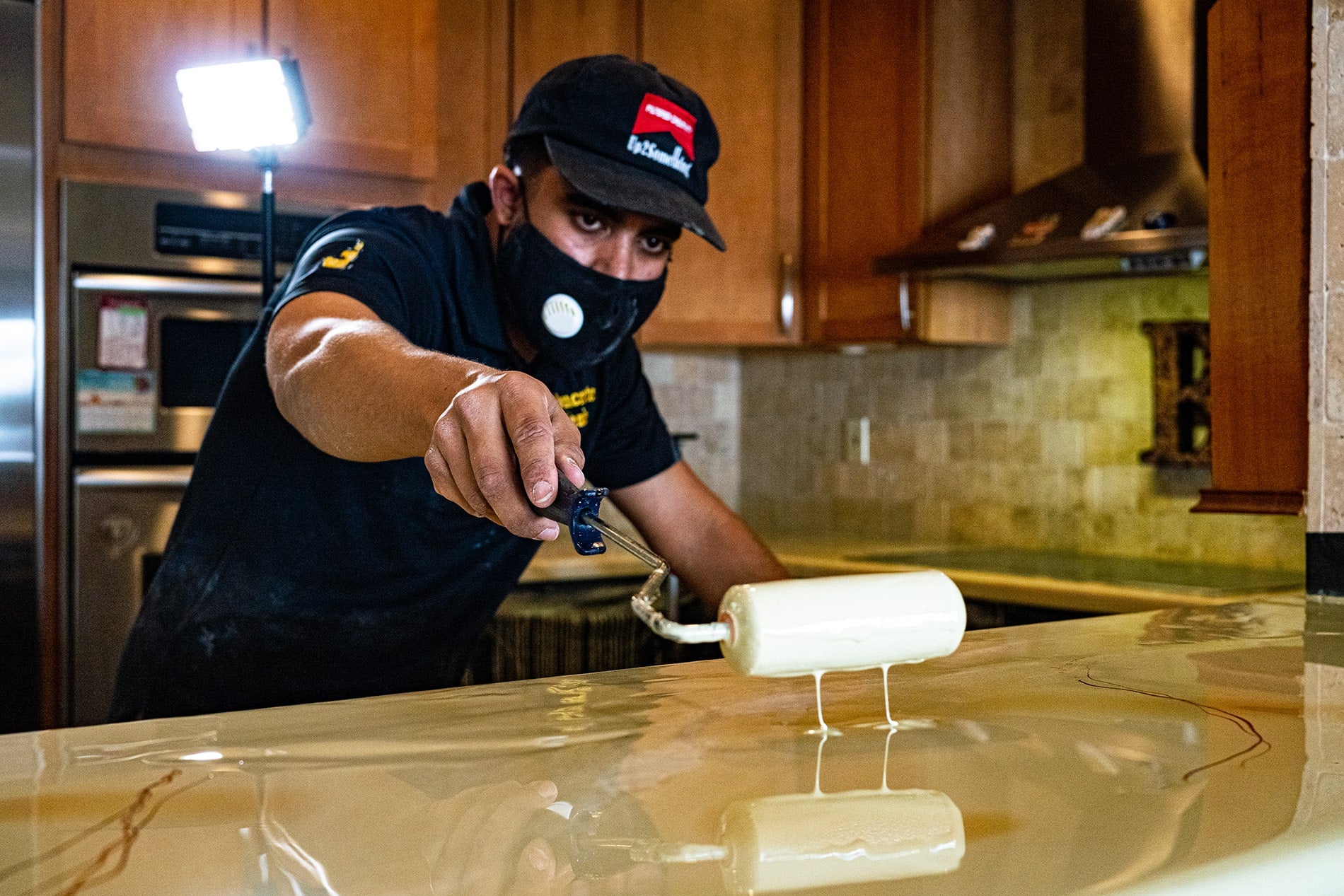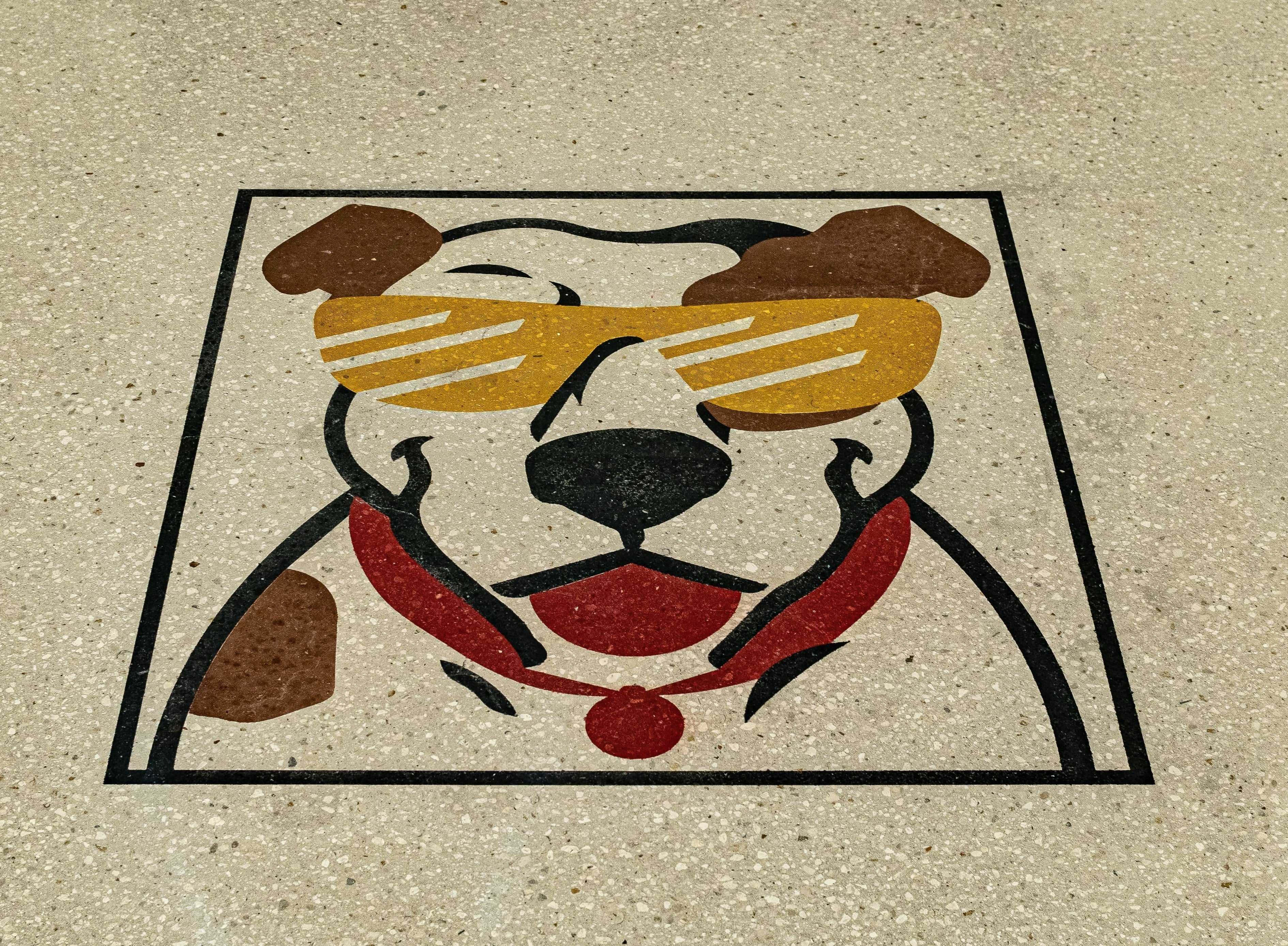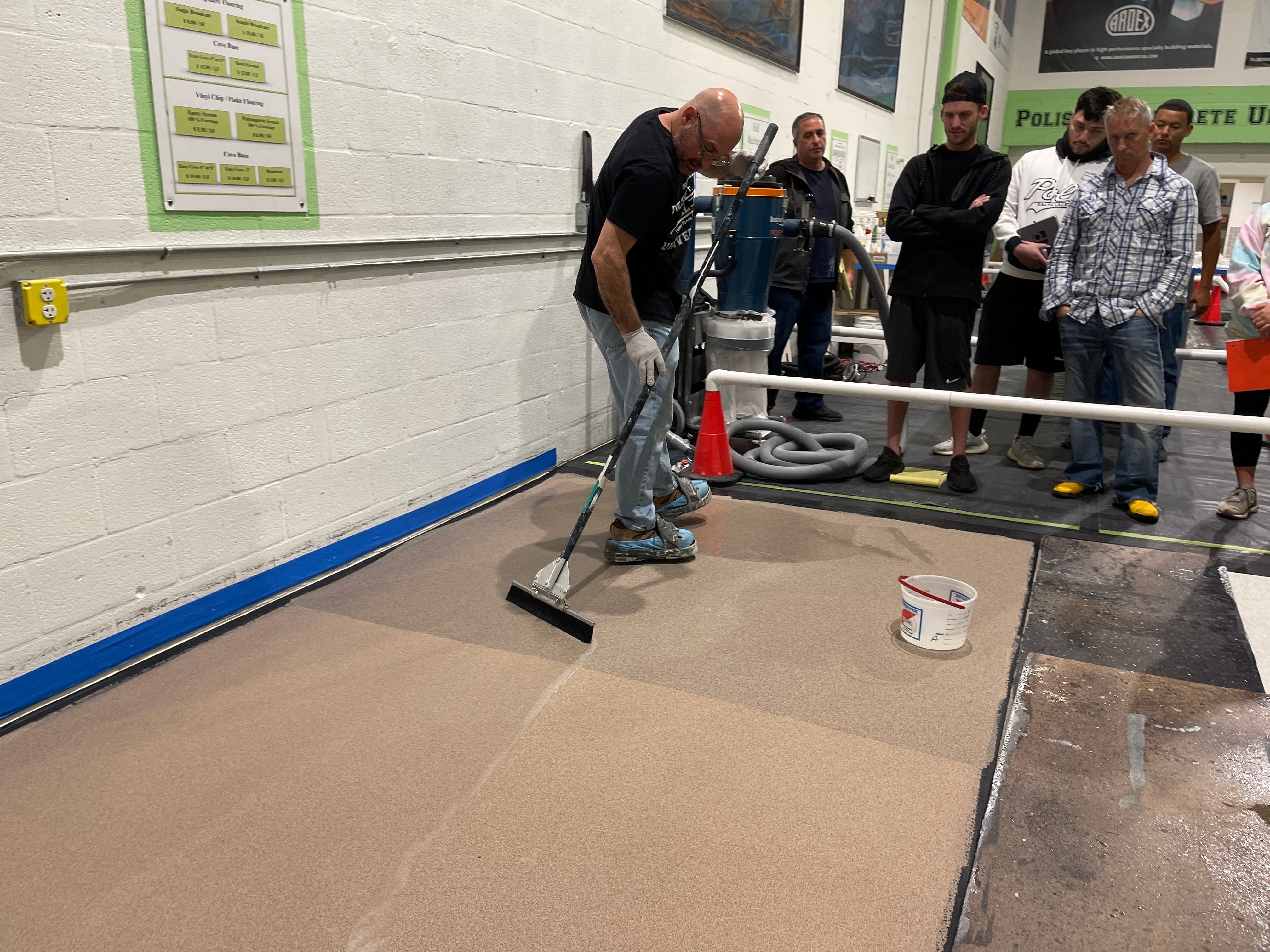
Epoxy Countertops - The Complete Guide (2021)
Have you been wanting to learn how to create stunning epoxy countertops but have fallen short in the search for valuable information? Look no further! This is the go-to guide on creating stunning results!
Why Epoxy?
Scratch resistance High shine Seamlessness
Tools & Products
-
Epoxy Countertop Kit -
Colored Epoxy Pigments (Powder, Metallic, Liquid) -
Dustless HEPA Vacuum -
Hand Held Angle Grinders -
Wooster Roller Frame -
Painters Solution Roller Cover
Surface Preparation
Prior Coating Removal Grinding Vacuuming Chemical Decontamination
Prior Coating Removal
Grinding
Vacuuming
Chemical Decontamination
Mixing Process
PRO TIP: Whenever mixing any kind of epoxy, ALWAYS use a clean wooden paint stick.
PRO TIP: Once you mix Part A with Part B, a chemical reaction occurs that produces high heat. Be sure not to place the bucket of epoxy on anything that may be damaged by high heat.
Application Process
PRO TIP: When using a roller for application, wrap the entire roller with blue painters’ tape and then remove the tape right away. This simple process will rid the roller of all excess fuss that would contaminate the surface.
Clean Up
Conclusion




